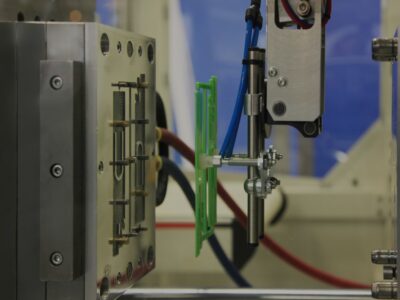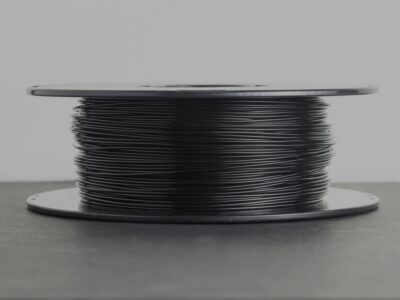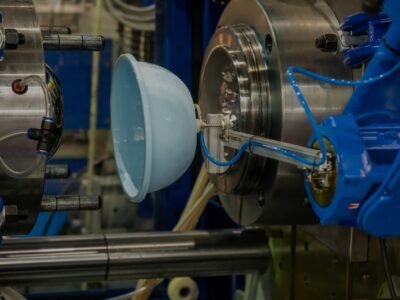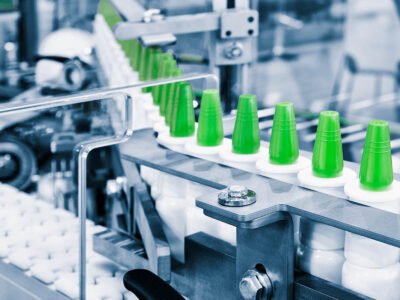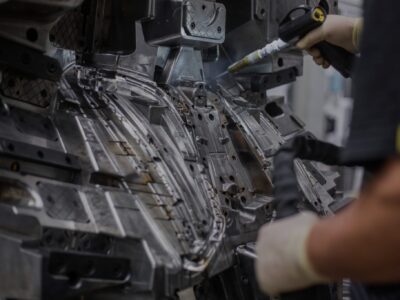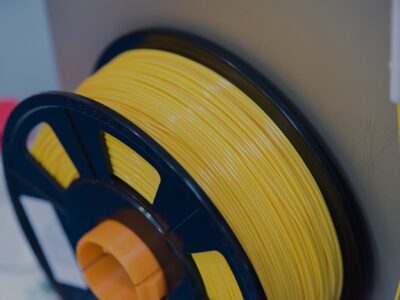Originally published on fastradius.com on December 13, 2021
A fast and cost-effective process, injection molding is well-suited for high-volume production runs of precise, repeatable parts. Historically, injection molded parts have been made from weaker materials. Recently, however, product teams have begun to explore what’s possible when they use high-performance engineering plastics for injection molding. These plastics imbue parts with enhanced physical and mechanical properties and offer improved thermal properties due to their high melting points.
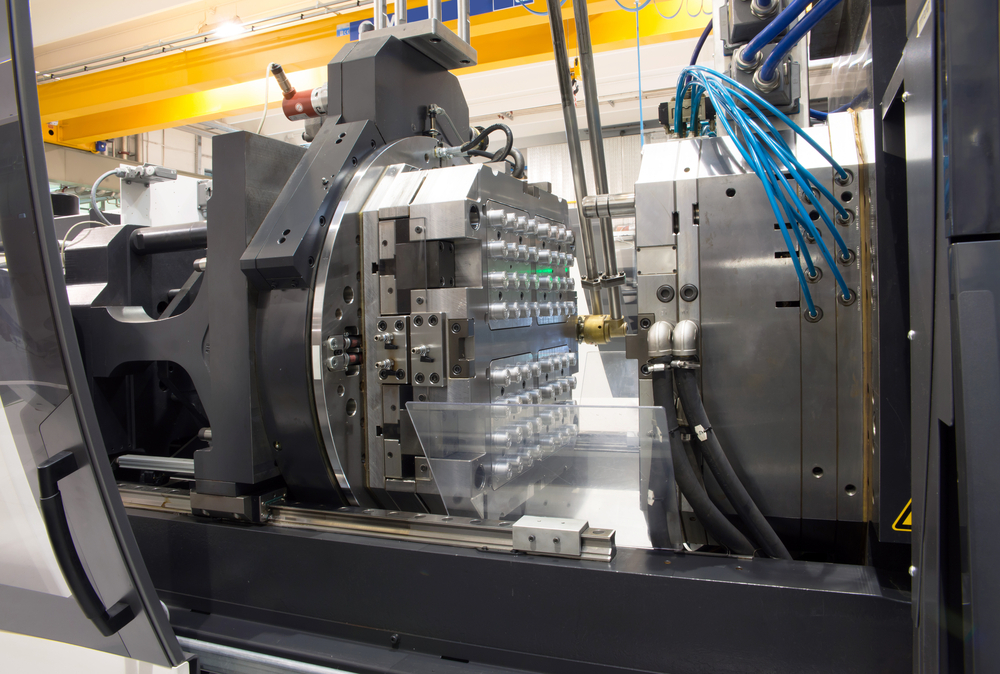
Injection molding with these plastics can be challenging because it requires stronger molds that have been designed to withstand the heat. Your manufacturing partner will typically design and make your mold for you based on your part designs. However, it’s worthwhile to be aware of your options and red flags to watch out for when you’re designing parts for production. Here’s everything you need to know about injection molding with high-temperature plastics.
Common high-temperature plastics
High-temperature plastics — engineering plastics with melting points between 216°C and 382°C — are beginning to replace metals as industries like the automotive industry strive to become more energy and fuel-efficient. Not only are these plastics light, but they’re also corrosion-resistant and offer increased design flexibility and dimensional stability.
With an ordered crystal structure and a tight melting range, Polyetheretherketone (PEEK) is a popular high-temperature plastic that can absorb significant amounts of heat. Also, PEEK molding only emits low levels of smoke and gas. PEEK’s high melting point of 343°C enables faster feeds and speeds, while its UL 94 V-0 flammability means burning will stop within 10 seconds on a vertical part. Lightweight and creep-, heat-, electrical-, wear-, corrosion-, and fatigue-resistant, PEEK is ideal for use in harsh or high-temperature environments.
ULTEMⓇ (the branded name for PEI) is an amorphous plastic resin that’s easy to thermoform or bond with adhesives, and is another popular high-temperature thermoplastic. ULTEMⓇ PEI has a random molecular structure, a wide softening range, a melting point of 218°C, a V-0 flammability rating, and the ability to retain its mechanical integrity and electrical properties at high temperatures. Durable PEI produces minimal smoke and is flame- and chemical-resistant, making it an ideal material for the aerospace industry and circuit boards.
1. Include heat-transfer channels
During the injection molding process, your manufacturer will spend quite a bit of time cooling your part before ejection and heating your mold before injection. Including equidistant heat-transfer channels in your mold design can accelerate these processes. These channels should expose each cavity to the same amount of heating or cooling fluid simultaneously. This will allow your manufacturer to quickly and evenly raise or lower your mold’s temperature.
2. Use thermal pins
If you can’t include heat-transfer channels in certain sections of your mold due to extensions or protrusions, you can use thermal pins. With high levels of thermal conductivity, these pins can quickly transfer heat from any previously inaccessible areas to your mold’s heat-transfer channels. Thermal pins will optimize your mold’s interior temperature without disrupting coolant pressure.
Thermal pins contain fluid sealed within a cylinder. When the fluid draws heat from the mold, it vaporizes, and it will condense when it releases heat to the coolant. Nearly 10 times more efficient at transferring heat than copper and copper alloy steel inserts, thermal pins are a great option for when you have a complex mold. Just make sure to avoid any air gaps between your thermal pin and your mold or use highly conductive sealant to fill them.
3. Select the right mold material
Your mold’s material can impact your final product and should influence your mold’s design. You’ll need to find a high-temperature mold material that strikes a balance between machinability, cost, and abrasion resistance. After all, you want the mold to last several runs, but you don’t want it to take an excessive amount of time or money to create. If you’re planning high-volume production runs, consider using high-strength steels like H-13, S-7, or P20. If you’re prototyping, aluminum is a cost-effective tooling material.
Remember that materials with poor heat-transfer capacity will require more cooling channels. Also, any fluids used for heating or cooling will need to be at higher or lower temperatures.
Make new things possible with SyBridge
Designing injection molded parts that will be made with high-temperature plastics can make the injection molding process trickier, but using these types of high-performance plastics can pay off when your parts have specific requirements. High-temperature plastics are stronger than many other materials and can often be used in place of metal for high-performance applications.
An experienced injection molding partner like SyBridge can help you through the entire injection molding process, from design to production, and ensure your molds are equipped to handle your project—even when your parts require high-temperature plastics. When you work with us, you’ll gain access to our team of injection molding experts who can help build high-quality parts faster and for less. Contact us today to get started.
